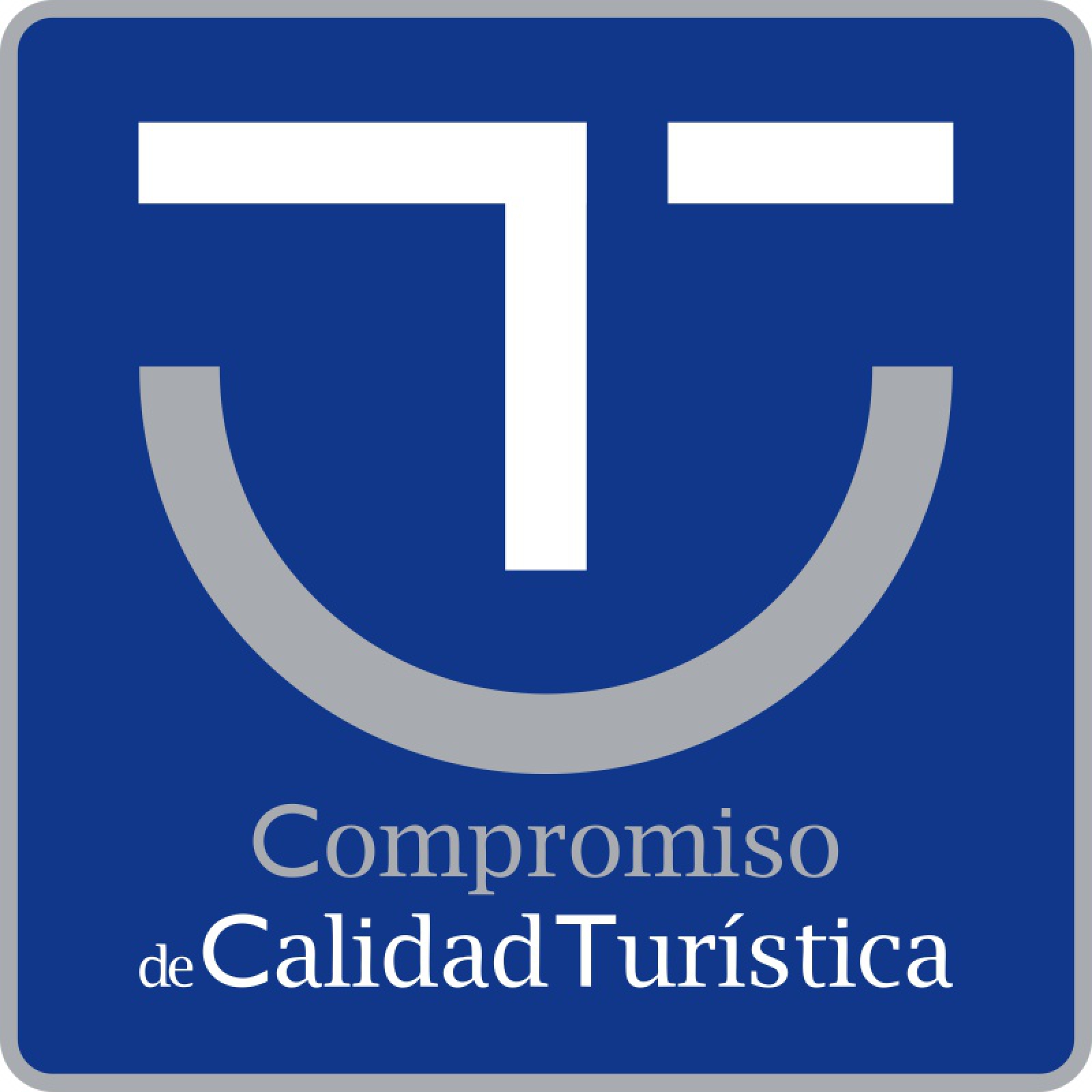The province of Pontevedra’s seafaring tradition left its mark on its coasts with important lighthouses, evidence of shipwrecks, storms and tales full of mystery in truly beautiful estuaries. The light from the lighthouses have guided the “xente do mar” through the darkness of the sea since ancient times. Today, they give whoever visits them an absolutely beautiful view.
So the tales and stories of our ancestors are not forgotten, we want to tell you about the Rías Baixas Lighthouses Route so that you can travel it.
Punta Cabalo Lighthouse
We begin the lighthouse route in the north, in Illa de Arousa, located in the heart of the Arousa estuary. This natural reserve stands out for its beautiful landscape and its beaches. The path that takes you to the Punta Cabalo Lighthouse will give you a beautiful view of the estuary and its many rafts.
The Punta Cabalo lighthouse was built in 1852 and was in operation until the beginning of the 20th century. Despite being inactive for many years now, the stone building and the lighthouse tower remain intact. In fact, today it houses a charming restaurant serving local cuisine with an outstanding terrace that delights its customers on summer days.
If you decide to visit this lighthouse, we recommend that you take advantage of the fact that you are close to the Carreirón Natural Park and visit it. You will discover unique beaches and nature along the way.
Tenlo Chico Lighthouse
In the Pontevedra estuary, in the southern part of Tambo Island, we find the Tenlo Chico Lighthouse. This lighthouse was built in 1922 as part of a plan to light up the coast. Its tower measures 17 meters and is surrounded by an external staircase. Tambo Island can be seen from the coast. From the promenade of the marina in Marín, you can enjoy a beautiful view of this lighthouse at sea.
Ons Lighthouse
The Ons lighthouse is situated on Ons Island, at the entrance to the Pontevedra estuary. This island is part of the Illas Atlánticas National Park in Galicia and can be visited by boat throughout much of the year.
This island is situated 4 kilometres from the nearest coast and its highest point is at the top of Mount Cucorno, where the Ons lighthouse is, 128 meters above sea level.
At the time, it was one of the last lighthouses that worked with the oil vapour system, before replacing it with photovoltaic energy, which is still its source of energy today.
Approaching this lighthouse is a truly spectacular experience and it gives us panoramic views of practically all the Rías Baixas: to the north, you can see the O Grove peninsula, the island of Sálvora and the Barbanza peninsula; to the south, the Cíes Islands, the Morrazo peninsula and Cape Silleiro; to the east, the entrance to the Ría de Pontevedra and to the west, we can see the Atlantic Ocean.
Cabo Home Lighthouse
Cabo Home is a great natural and scenic area located in the westernmost part of the Morrazo Peninsula, in the Vigo estuary. At the top, there is a lighthouse with the same name, elongated, cylindrical and white in colour. This lighthouse is one of the highest in Galicia and is the closest land point to the Cíes Islands.
The Cabo Home lighthouse is part of a coastal route with unique views, made up of several trails. For this reason, when you visit it in Cangas del Morrazo, we recommend that you go to the beaches and other natural spaces located throughout, since they are areas of extraordinary beauty.
Punta Robaleira Lighthouse
The Punta Robaleira Lighthouse is situated between Cabo Home and Punta Subrido, very close to the Cabo Home lighthouse. This lighthouse is not very big, but it is very striking with its red colour. It has a cylindrical shape tower, which is very wide and low in height, and it is made of stone. Also, it has a small terrace with views of the Vigo estuary.
The lighthouse was built in 1918. It is currently public property and can be easily accessed on foot. The area where it is located is easily accessible.
When you visit this lighthouse, you will see a stone cross located on its side, in memory of the sailor Pepe Ruiz. Some years ago, this man had a breakdown in the engine of his boat while he was navigating the estuary. Unfortunately, he was dragged to the rocks by the sea currents without anyone being able to help him.
Punta Subrido Lighthouse
In the area of Punta Subrido there is a lighthouse with the same name that lights up the entrance for the boats that are heading south along the Vigo estuary.
The lighthouse is long and slender. Its tower is white and is 13 metres high. Where it is located offers the visitor exceptional views of the Cíes Islands and the nearby beaches. You will not have any problems accessing it. Through a path, you can easily get there by foot.
The Cíes Islands Lighthouse
The Cíes Islands lighthouse or Faro do Monte do Faro is the main lighthouse of the Cíes Islands archipelago and the Illas Atlánticas National Park. It started operating in 1853 and has not stopped since.
Due to its history and its privileged views, at present, this lighthouse is one of the most interesting points for tourists, especially for those who love hiking. To access it, you must buy a ticket that takes you to the Cíes Islands and once there, walk the trails in the area.
Monte da Guía Lighthouse
In the city of Vigo, there is Monte da Guía, one of the areas with the best views of the Vigo estuary and the Cíes Islands. At the top of this mountain, you can find the Guia lighthouse.
This lighthouse was built in 1844 and is still in operation after almost 200 years. Its strategic location made it possible to monitor the entire coastline and protect itself from possible invasions. It was built inside the estuary because the merchants at the time demanded better lighting at the Vigo port.
If you decide to climb Monte da Guía, we recommend that you also go to the spectacular viewpoint at the top and visit the A Nosa Señora das Neves hermitage.
Museo del Mar Lighthouse
The Museo del Mar Lighthouse is one of the most modern lighthouses in the area. It is situated in the city of Vigo and was built, together with the Museo del Mar, in 2002. Both buildings were built on an old canning factory. The materials chosen for this lighthouse were iron and bronze, the main reason was to try to conserve it as well as possible for as long as possible.
Being in the city, this lighthouse is easily accessible. If you are going to see it, we recommend that you also visit the museum. Currently, the lighthouse has a rather decorative and symbolic use. The views from there are spectacular.
Cabo Silleiro Lighthouse
The Cabo Silleiro lighthouse is situated on Cabo Silleiro, in Baiona. This lighthouse marks the entrance to the Vigo estuary for sailors.
It’s a really nice lighthouse, shaped like a prism and painted with red and white stripes. The tower is 30 metres high and it has a powerful light that reaches approximately 65 kilometres.
This lighthouse is also easily accessible. In this area, there is a promenade that runs along the coast. You will find it on the way.
The Rías Baixas lighthouses are one of the most charming tourist attractions in Galicia. Each of them has witnessed a part of the Galician coast’s history. Come and visit them and discover all the secrets they keep.




